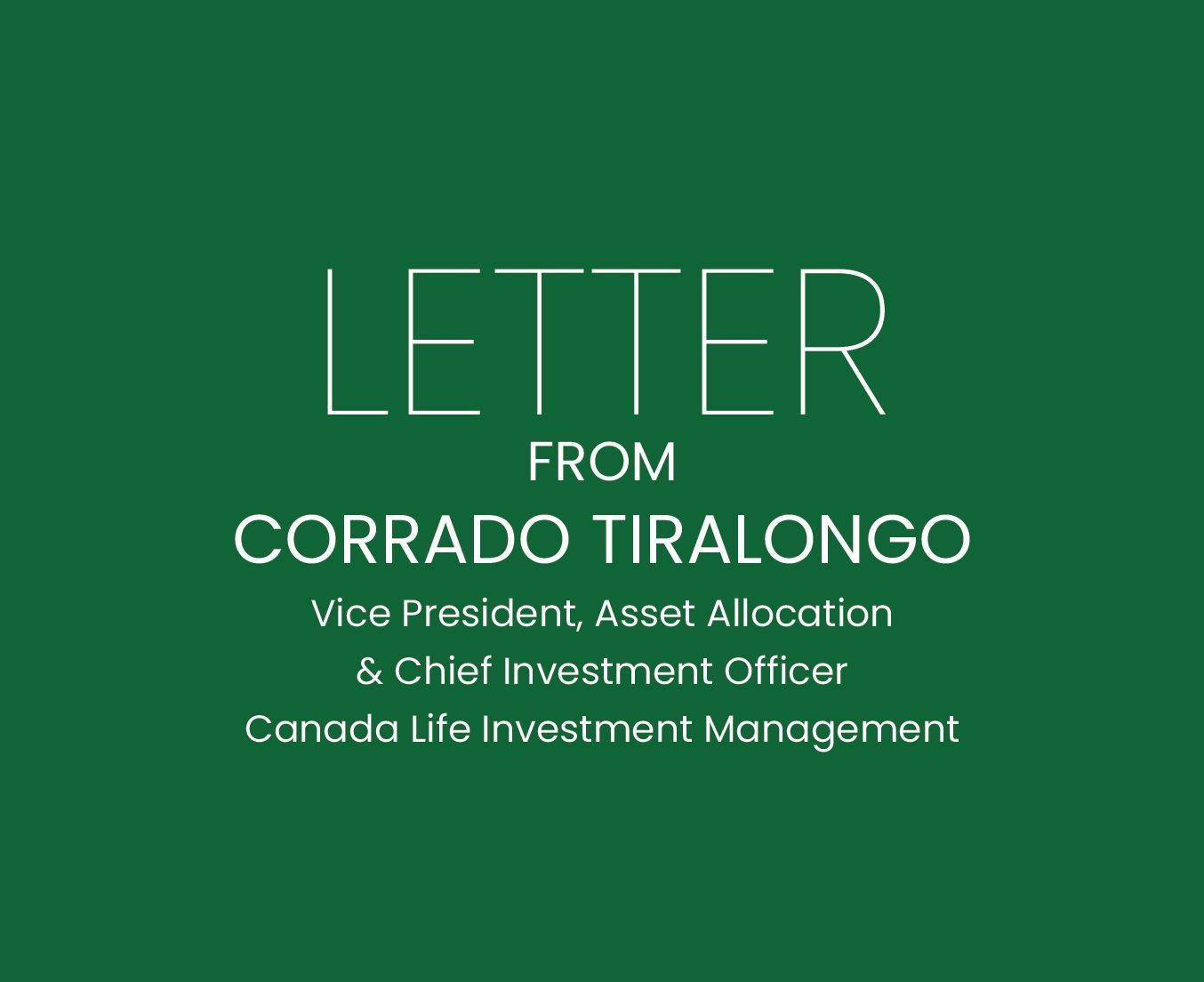Last week, we discussed two elements of due diligence: the importance of going beyond narratives and numbers, and that fund names rarely describe what a fund truly does. This week, we’ll expand this conversation a little further and I’ll highlight a few stories as examples of what I’ve seen during my career.
Investment Success is not Determined by a Gene Factor
I recently met an investment manager who started his own firm after a long career with a well-known Canadian investment firm. Part of their pitch was: “I think we have a unique product, pedigree and experience.”
What struck me in that statement was the word “pedigree”. In my youth, I raised racing pigeons (yes, I’ve had an eclectic history of interests!), so I know a little about genetics and pedigrees and what characteristics make for a winning race pigeon. Throughout my career though, I’ve never known pedigree to have ever been an element for success in investment management.
As far as I know, there is no investment management gene that determines success; and success isn’t automatically passed on because you worked at a given firm. Similarly, there isn’t a guarantee that what worked for an individual at one organization can be successfully replicated at another. Too often, the progeny of investment firms go out into the world and do not achieve success for their new clients. Why is that?
Simply put, investment management success is not about the individual, it is about a collection of individuals, structures and organizational culture.
The purpose of due diligence is to find the messiness in an organization, and the purpose of manager selection is to value the firm clearly in the context of everything else, including our investment objectives. The bedrock of a good due diligence process is skepticism, but it is often in short supply. My team and I closely examine the people, philosophy and process of our investment manager candidates to uncover what I call their ecosystems and “egosystems.” Remember that investment professionals are people. They make decisions just like the rest of us do, and we can turn to psychology and behavioural finance for insights in understanding them. Similarly, investment organizations are like all other organizations. Investors are often tripped up in their analysis because they spend all their time looking at past performance and pedigrees, when what is really important is how the organization works and how the people in it behave.
Just Because it’s Neatly Classified Doesn’t Make it True or Useful
I’ve stated previously that there are 3,359 unique mutual funds and 969 ETFs in Canada. That’s a lot of choice. Faced with a large and growing number of mutual funds in the financial marketplace, investors need a way to select funds that will best accommodate their own personal risk tolerances, objectives and preferences. Mutual fund classifications are one way to simplify that decision process and find the “right” fund. Apart from allowing investors to tailor their choice of fund to their own risk level and income need, the classification system, in theory, allows investors to rate the performance of mutual funds within their respective categories.
However, many research studies 1 , have shown that 40% of the funds examined displayed return patterns that more closely resembled another category than the one listed in their prospectuses.
Of those, 9% were seriously misclassified two or more risk tiers away from their declared categories and exhibited behaviour that is inconsistent with their category. The study by Dennis Bams, Roger Otten, Ehsan Ramezanifar found that, in the long run, misclassified funds significantly underperformed well-classified funds by 0.92% per year. Much of this underperformance is due to “style drift”, meaning the fund’s managers changed their investment style over time. Some of the reasons for this may be due to an inconsistent investment philosophy or changes to an investment team. This is why the adherence to philosophy and the stability of an investment team’s members is something my team an I research and monitor closely when we evaluate our stable of investment managers.
Here are some of the questions we take the time to ask when selecting a fund or investment management team.
- What is the goal of the fund and how does it intend to achieve its goal?
- Has the fund’s investment approach changed over time?
- How long has the team been running the fund and what are their prior experiences?
- Has there been any turnover in the team? If so, when and who?
- What is the fund’s benchmark?
- What market environments should lead to the fund outperforming, or underperforming, its benchmark?
- What makes the fund different from its peers?
We ask these questions every day.
A manager may describe their investment process in a certain way, often finding creative ways to describe their process and their style. Case in point: last year, our team met with an investment team that described their investment process as “value-style” and insisted that Morningstar had misclassified them as growth managers. In my experience, that’s a first!
I admit, life is more complex than the Morningstar style boxes. In most of our endeavours, we try to avoid ambiguity and are quick to classify people, places and things. Such classifications make it easier for us to think in a shorthand way. Yet, while it takes some of the complexity out of the intricate nature of everyday life, it creates the real possibility of errors in mis-categorization.
Lesson
: Don’t make decisions based on the narratives presented to you. If you cannot describe the firm’s investment process beyond what is written on the marketing material, then you don’t really understand it. Along the same lines, it’s important to understand the limitations of standard classifications.
If you aren’t verifying, comparing and contrasting investment strategies, but depending on the tidy boxes that some third party has designed, then you are likely to make poor choices and comparisons.
The Hamster Wheel of Performance Chasing
The most common error with historical performance information is the desire to chase performance. No one admits to performance chasing, but it is prevalent even though evidence shows it does not work for long. So why do we continue to do it? In a world of ambiguity, performance is something we can anchor on. Perhaps it has to do with what psychologists call “recency bias,” believing that the conditions that persisted in our recent past will continue to persist. If we know this, then why can’t we stop? Consider these questions posed by Jason Hsu 2
, adjunct professor at UCLA’s Anderson School of Management and founder, chairman and CIO of Rayliant Global Advisors, a quantitative asset manager based in Hong Kong, as well as co-founder of Research Affiliates:
- Would a consultant or financial advisor recommend a shortlist of managers with poor recent performance?
- Would the pension CIO and his staff choose a manager with a negative trailing three-year alpha (return above the benchmark) to present to their layman board?
- Given a keen understanding of investors’ buying behaviour, would salespeople and marketers educate client prospects on products that have recently underperformed?
Well, most would not recommend managers that have underperformed. Rather than take the time to educate clients on managers that have underperformed and explain to them that the underperformers may offer a great investment opportunity, most simply do not mention the underperformers. We are conditioned to not consider managers who do not have good performance over the past few years, mostly because of concerns relating to career risk and business risk. It basically comes down to market conventions and fear trumping best practice. But, as Howard Marks, the founder of Oaktree Capital Management, the largest investor in distressed securities worldwide, put it, “to achieve better results, you have to invest differently than the average investor. To do that, you have to think differently than the average investor. And to do that, you have to consider different inputs than the average investor, or consider inputs differently. 3
Final Thoughts
Evaluating an investment manager, investment strategy or fund is a complex and detailed process that encompasses a great deal more than just analysing returns. The focus is on understanding how past investment results were achieved and assessing the likelihood that the investment process that generated those returns will produce superior – or at least satisfactory – investment results going forward. Due diligence also entails an evaluation of a firm’s integrity, operations, and personnel – both quantitatively and qualitatively. Classification systems, pedigree and narratives aren’t due diligence factors that will raise the probability of finding a successful investment manager. For all the reasons discussed, these will likely lead you to the wrong choices.
Lastly, to have investment success, we need to break the hamster wheel of chasing performance and do things differently, think differently. That means doing the hard due diligence work and making those difficult recommendations. Hopefully, you have found this series of due diligence letters informative.
Next week is the last one in this series, where we discuss how having too much success can be bad for future performance and why you need to be wary of the backtest.
Until next time, stay safe and be well.

Corrado Tiralongo
Vice President, Asset Allocation & Chief Investment Officer
Canada Life Investment Management
1diBartolomeo & Wikowski (1997), Brown & Goetzmann (1997), Kim, Shukla & Tomas (2000), Kim, White & Stone (2005), Cremers and Petajisto (2007), and Mason et al. (2012), Dennis Bams, Roger Otten, Ehsan Ramezanifar (2016), among others
2Jason Hsu, “If Factor Returns Are Predictable, Why Is There an Investor Return Gap?,” Fundamentals (November 2015): www. researchaffiliates.com/Our%20Ideas/Insights/Fundamentals/ Pages/488_If_Factor_Returns_Are_Predictable_Why_Is_There_ an_Investor_Return_Gap.aspx.
3Letter from Howard Marks to Oaktree Clients, “What Does the Market Know?” (2016): www.oaktreecapital.com/docs/defaultsource/memos/what-does-the-market-know.pdf.
Disclaimers:
The views expressed in this commentary are those of Canada Life Investment Management as at the date of publication and are subject to change without notice. This commentary is presented only as a general source of information and is not intended as a solicitation to buy or sell specific investments, nor is it intended to provide tax or legal advice. Prospective investors should review the offering documents relating to any investment carefully before making an investment decision and should ask their advisor for advice based on their specific circumstances. The content of this material (including facts, views, opinions, recommendations, descriptions of or references to, products or securities) is not to be used or construed as investment advice, as an offer to sell or the solicitation of an offer to buy, or an endorsement, recommendation or sponsorship of any entity or security cited. Although we endeavour to ensure its accuracy and completeness, we assume no responsibility for any reliance upon it.
This material may contain forward-looking information that reflects our or third-party current expectations or forecasts of future events. Forward-looking information is inherently subject to, among other things, risks, uncertainties and assumptions that could cause actual results to differ materially from those expressed herein. These risks, uncertainties and assumptions include, without limitation, general economic, political and market factors, interest and foreign exchange rates, the volatility of equity and capital markets, business competition, technological change, changes in government regulations, changes in tax laws, unexpected judicial or regulatory proceedings and catastrophic events. Please consider these and other factors carefully and not place undue reliance on forward-looking information. The forward-looking information contained herein is current only as ofMay 27, 2020. There should be no expectation that such information will in all circumstances be updated, supplemented or revised whether as a result of new information, changing circumstances, future events or otherwise. Investment Planning Counsel Inc. is a fully integrated wealth management company. Counsel Portfolios are a family of funds managed by Canada Life Investment Management Ltd., a subsidiary of the Canada Life Assurance Company. Trademarks owned by Investment Planning Counsel Inc. and licensed to its subsidiary corporations. Mutual funds available through IPC Investment Corporation and IPC Securities Corporation.






